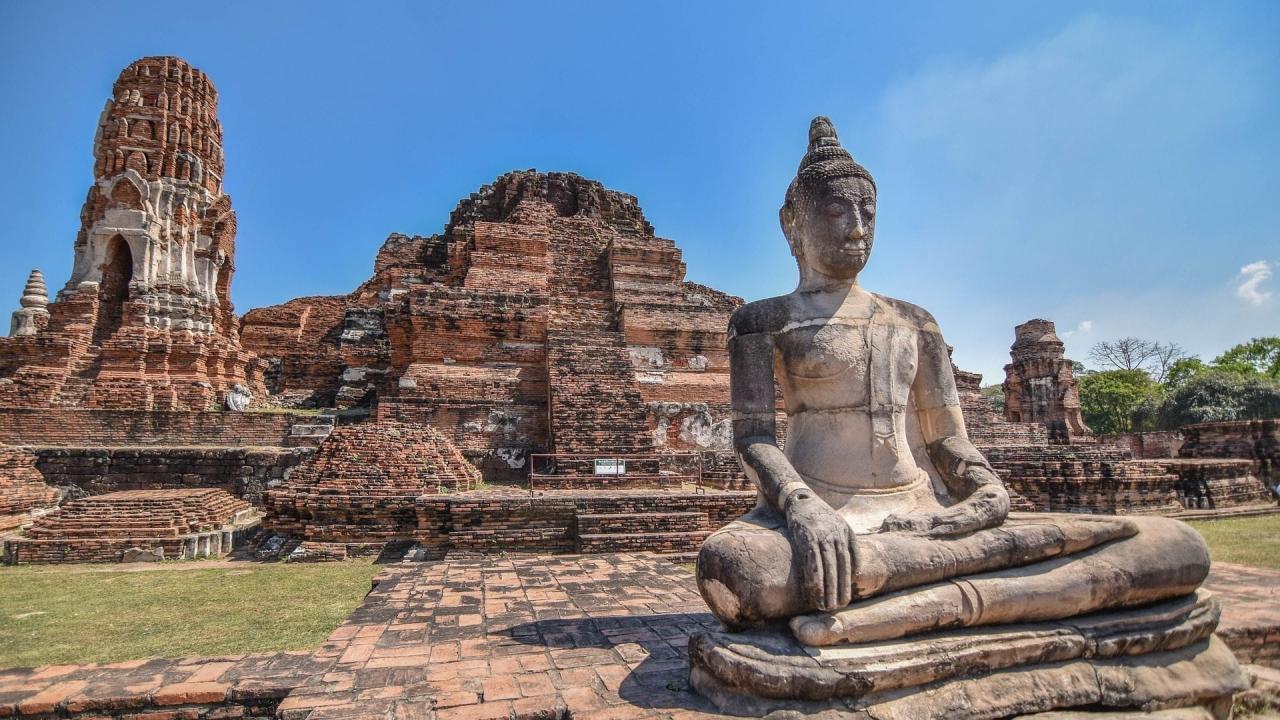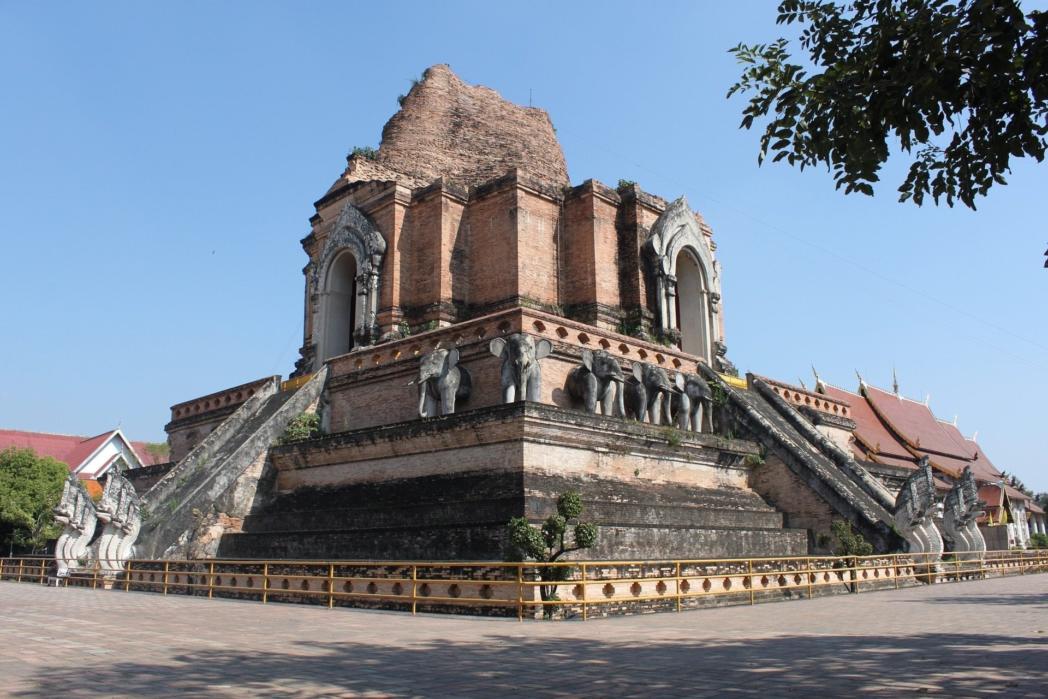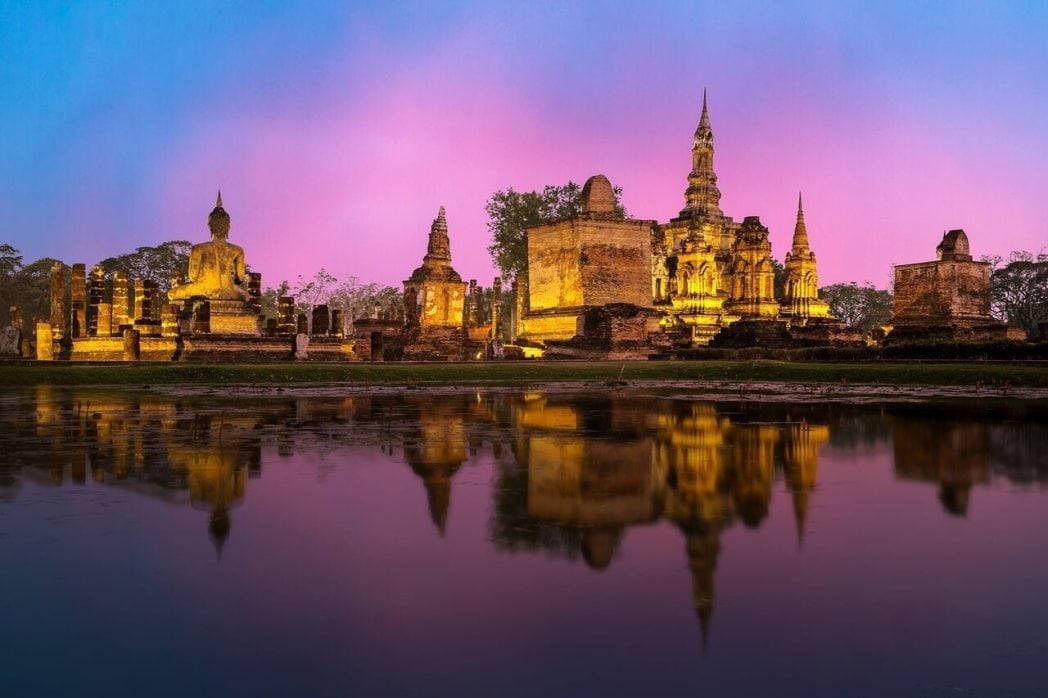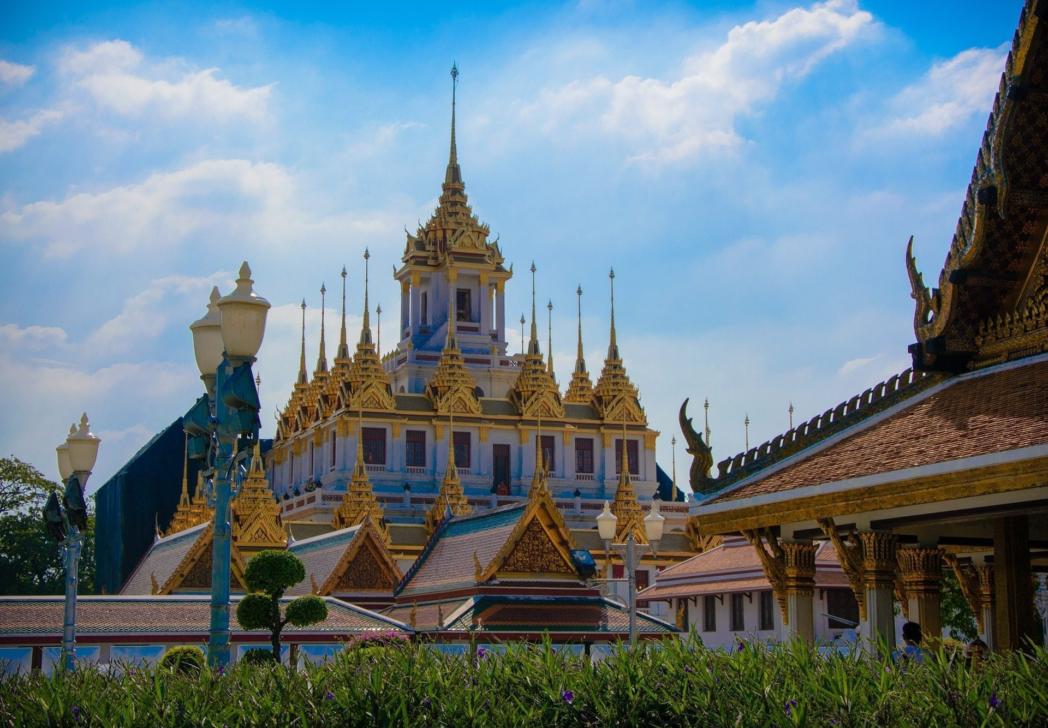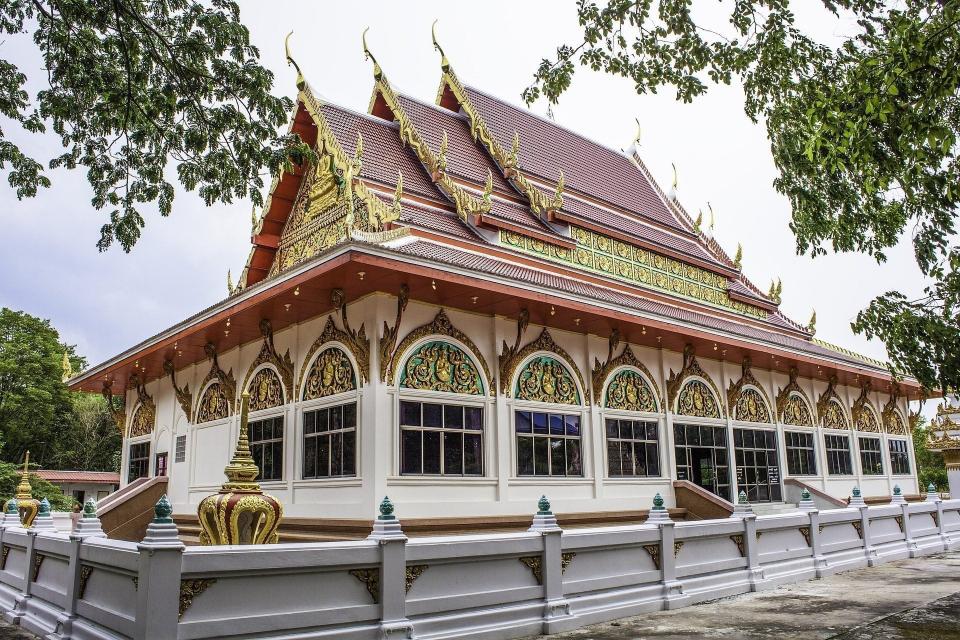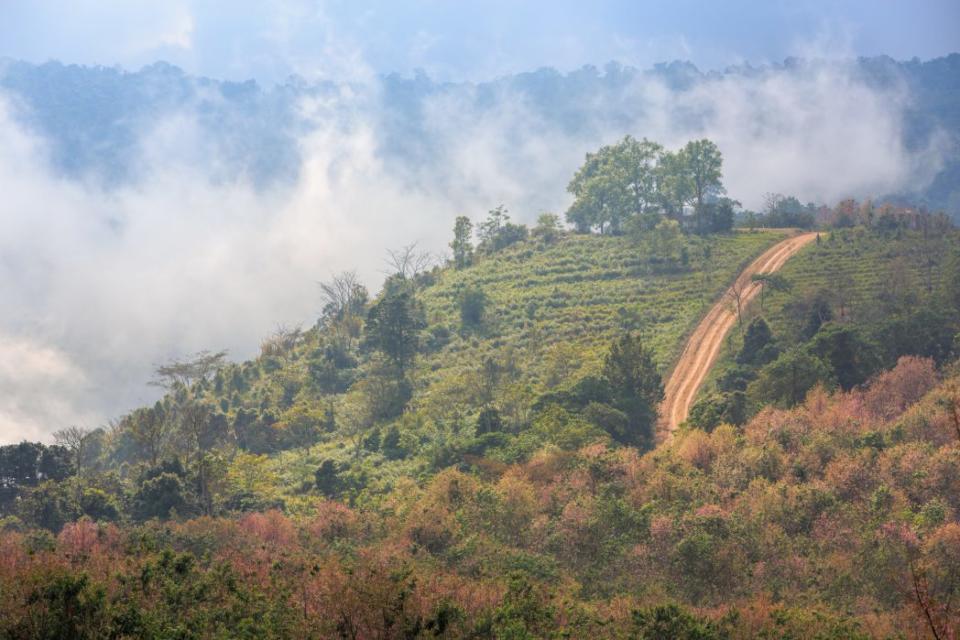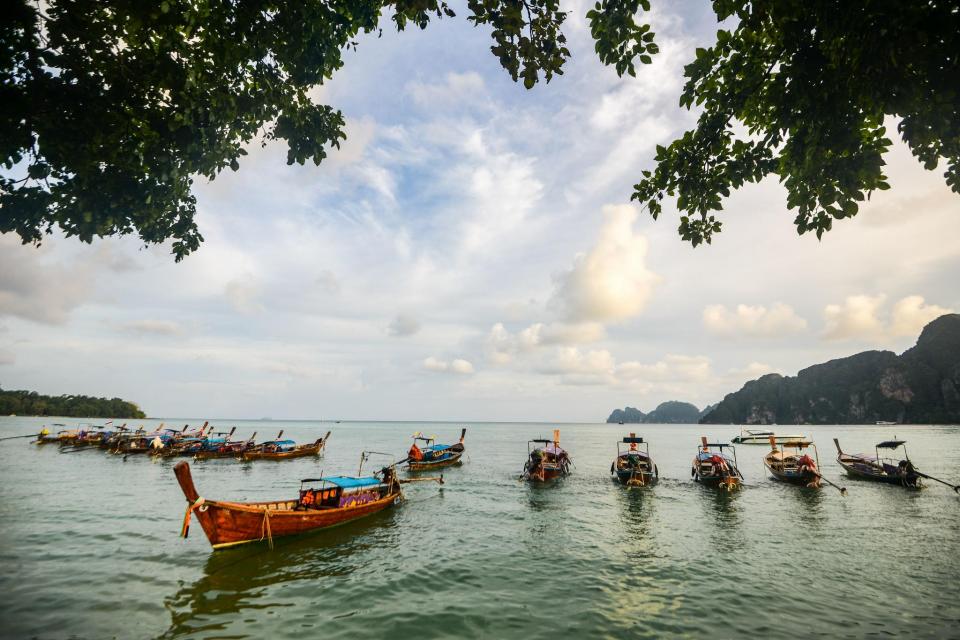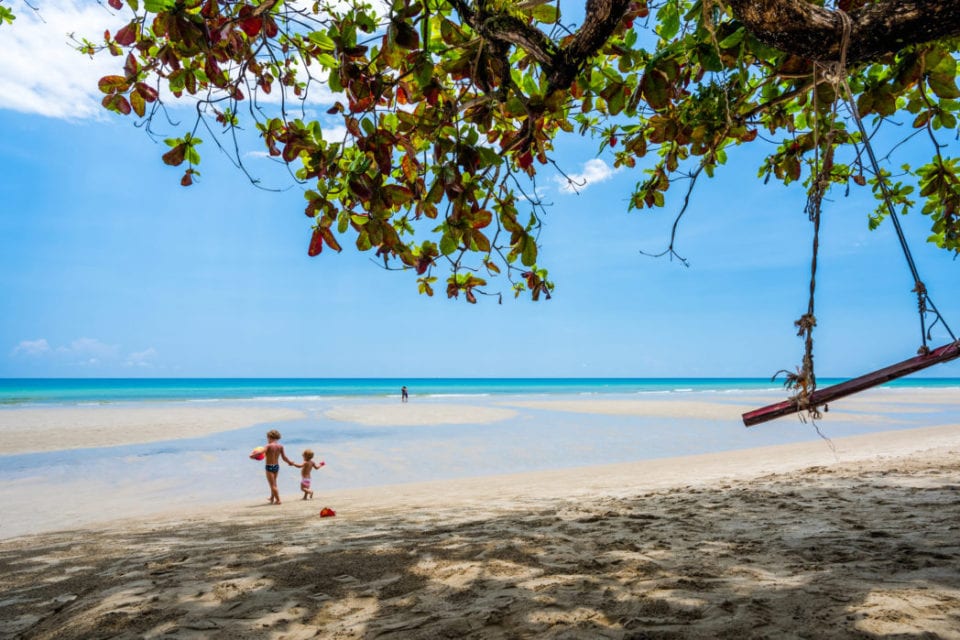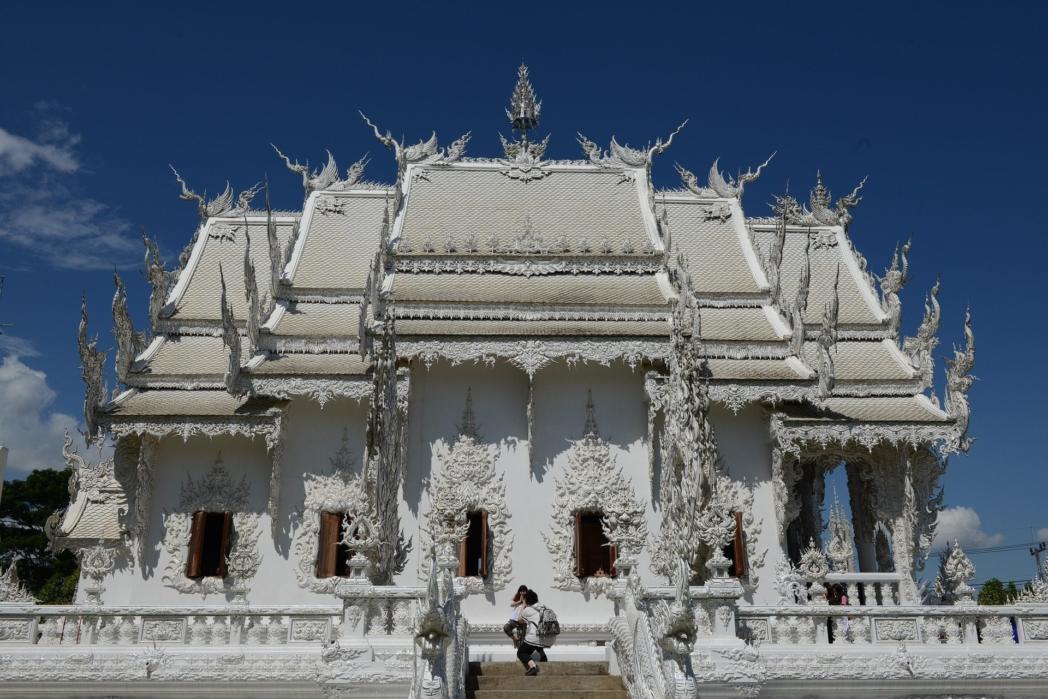
Ayutthaya
The former capital of Siam during 477 years, Ayutthaya is a city full of history and classified as a UNESCO World Heritage Site.
Despite the partial destruction of the site by the Burmese people in the 18th century, the remains of the gigantic Buddhist monasteries enable to measure the magnitude of the city.
Founded around 1350, Ayutthaya became the second capital of Siam after Sukhothai. Throughout the centuries, the ideal location between China, India and the Malay Archipelago made it the trading capital of Asia and even the world.
By 1700 Ayutthaya had become the largest city in the world with a total of 1 million inhabitants. Many international merchants set sail for Ayutthaya, from diverse regions as the Arab world, China, India, Japan, Portugal, the Netherlands and France.
Merchants from Europe proclaimed Ayutthaya as the finest city they had ever seen. Dutch and French maps of the city show grandeur with gold-laden palaces, large ceremonies and a huge float of trading vessels from all over the world. All this came to a quick end when the Burmese invaded in 1767 and almost completely burnt the city down to the ground.
Today, only a few remains might give a glimpse of the impressive city they must have seen. Its remains are characterized by the prang (reliquary towers) and big monasteries. Most of the remains are temples and palaces, as those were the only buildings made of stone at that time.
The great cultural value of the ruins were officially recognized in 1991, when the Historic City became an UNESCO World Heritage Site. Its proximity to Bangkok make it a popular day-trip destination for travelers from Bangkok.
Located on an island at the confluence of three rivers: the Chao Phraya River, the Lopburi River and the Pa Sak River. The train station is at the east side off the island so most visitors will need to cross the river by ferry boat.



